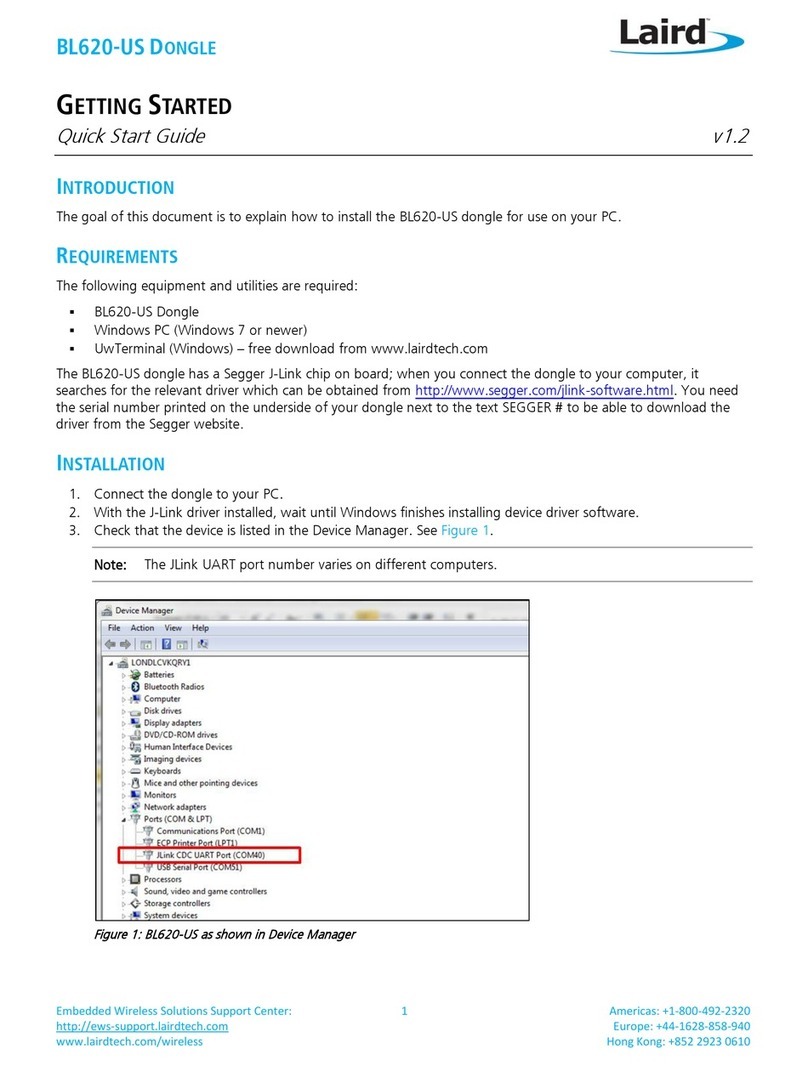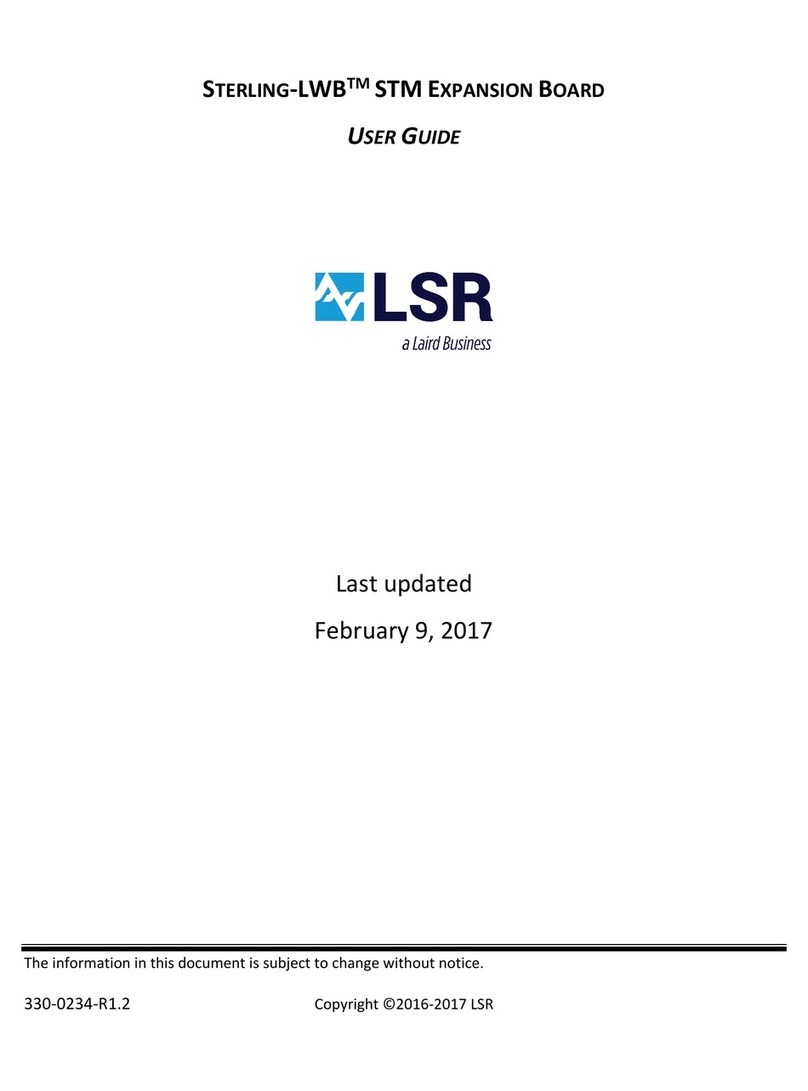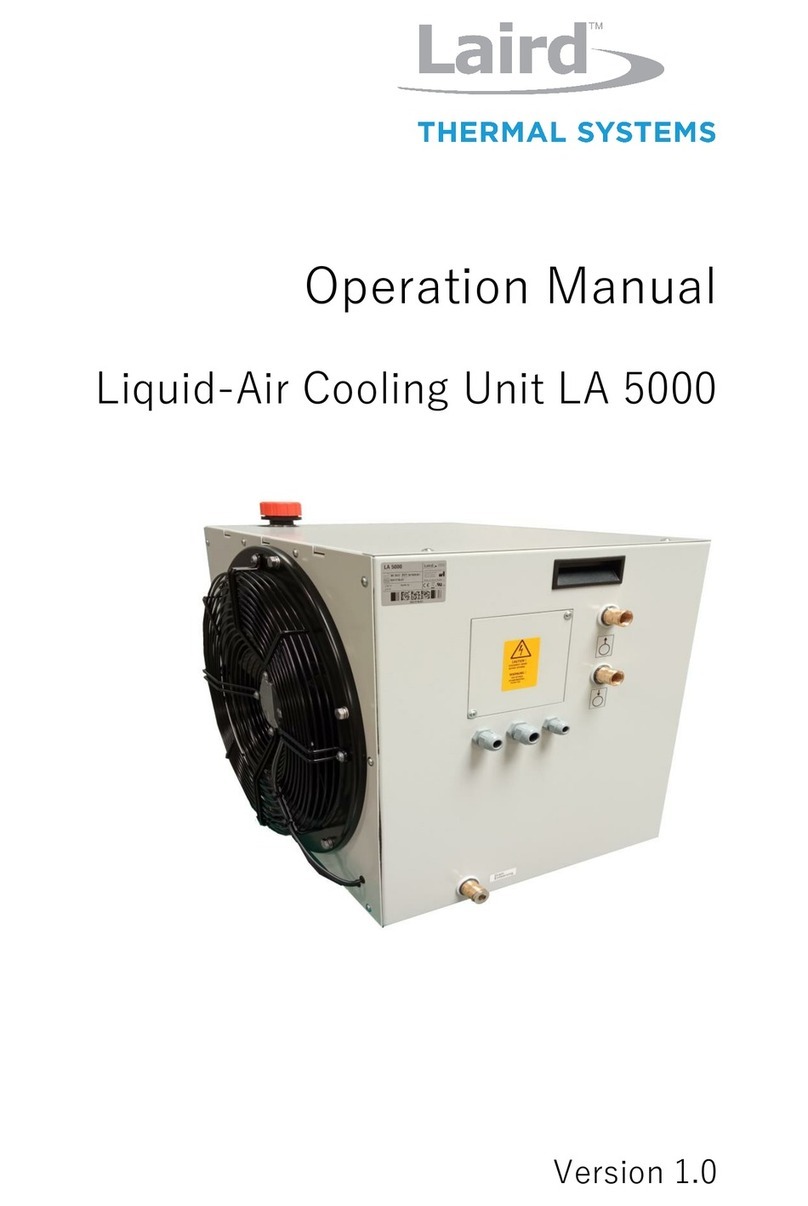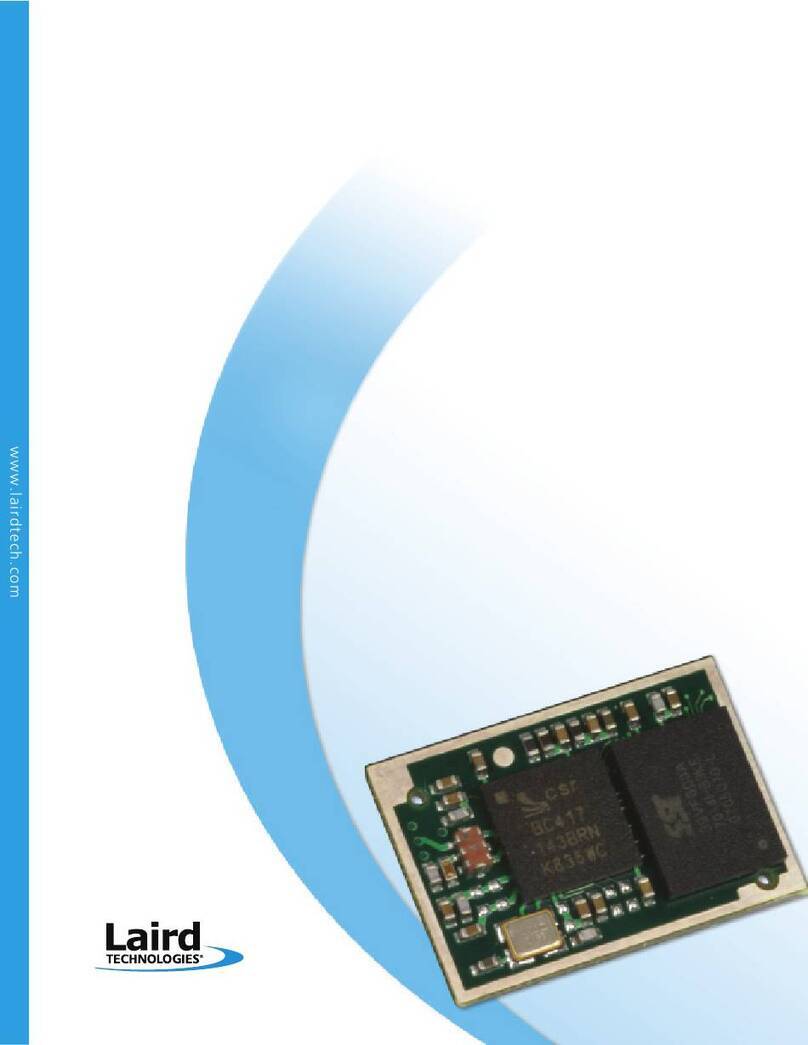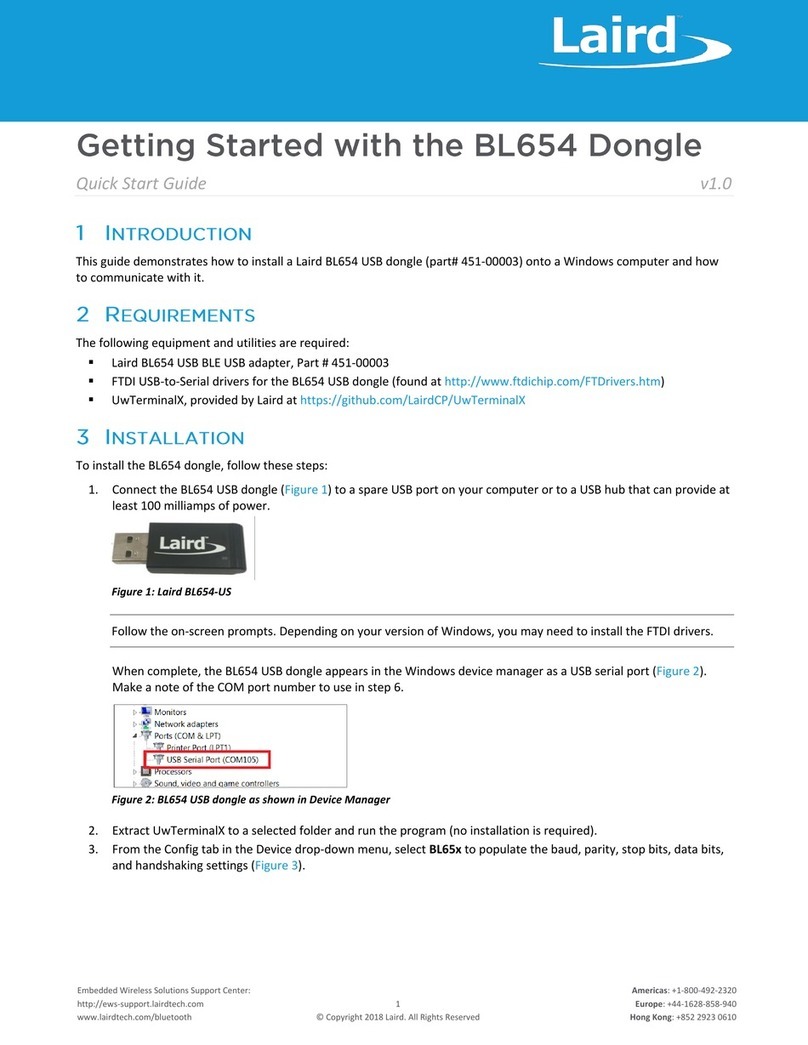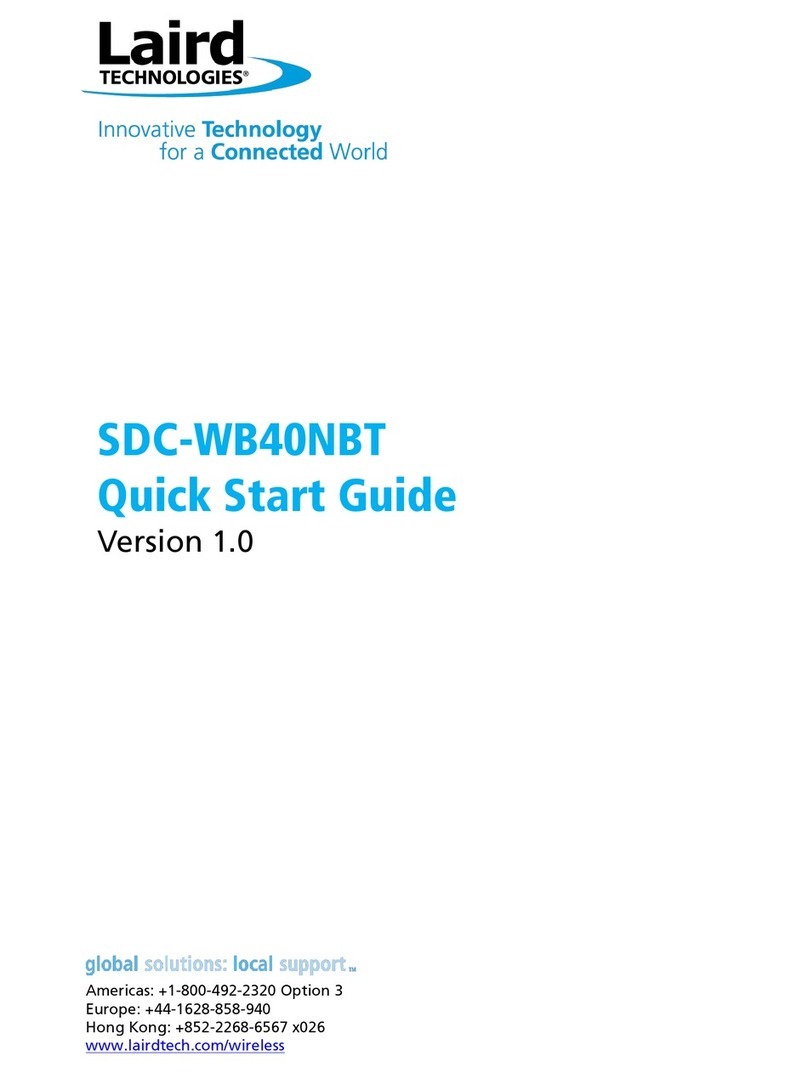
Table of Contents
Revision History.................................................................................................................................... 5
1. About this Manual ......................................................................................................................... 6
1.1 Terms of Guarantee ......................................................................................................................6
1.2 Contact Information.......................................................................................................................7
2. Product Identification ................................................................................................................... 8
2.1 Unit Specifications.........................................................................................................................8
2.2 Identification Plate.........................................................................................................................8
3. Safety Regulations........................................................................................................................ 9
3.1 Hazard classes..............................................................................................................................9
3.2 Safety Symbols .............................................................................................................................9
3.3 Hints for Safe Operation..............................................................................................................10
3.4 Prevent Hazards .........................................................................................................................10
3.5 Hints Regarding the Electrical Equipment ..................................................................................10
3.6 Environmental Issues..................................................................................................................11
3.7 Protective Clothing ......................................................................................................................11
3.8 Safety Equipment........................................................................................................................11
3.9 Safety and Signaling Equipment included in the Unit .................................................................11
3.10 Guards.......................................................................................................................................12
3.11 Caution Labels ..........................................................................................................................13
3.12 In Case of Accidents .................................................................................................................13
3.12.1 First aid at accidents with oil ..............................................................................................13
4. Product Description.................................................................................................................... 14
4.1 Intended Use...............................................................................................................................14
4.2 Use not in Conformance with the Intended Use .........................................................................14
4.3 Unit Components ........................................................................................................................15
4.4 Cooling Circuit.............................................................................................................................15
4.5 Specifications ..............................................................................................................................16
Dimensions and weight .................................................................................................................16
Performance data..........................................................................................................................16
Environmental conditions ..............................................................................................................16
Settings .........................................................................................................................................16
4.6 Setting-up Requirements ............................................................................................................17
Installation Location ......................................................................................................................17
Environmental Conditions .............................................................................................................17
4.7 Infrastructure ...............................................................................................................................17
5. Transport...................................................................................................................................... 18
5.1 Safety Indications for Transportation and Setting-up..................................................................18
5.2 Transportation of the Unit............................................................................................................18
5.3 Unpacking ...................................................................................................................................18
6. Initial Operation........................................................................................................................... 19


